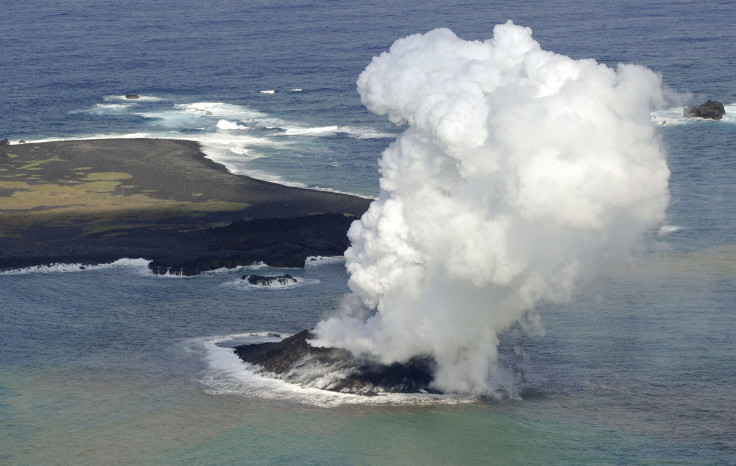Seafloor Volcanic Activity Affected By Earth's Orbit, Influences Long-Term Climate Change: Study

How are seafloor volcanic eruptions affected by Earth’s motion around the sun? New research suggests the planet’s volcanism is inextricably linked to sea levels, which, in turn, are directly linked to minute fluctuations in Earth’s orbit around the sun.
As a result of these variations in the frequency of their eruptions, underwater volcanoes might have a greater impact on Earth’s climate cycle than current predictive models estimate.
“People have ignored seafloor volcanoes on the idea that their influence is small, but that’s because they are assumed to be in a steady state, which they’re not,” Maya Tolstoy, a marine geophysicist with the Lamont-Doherty Earth Observatory of Columbia University, reportedly said.
Until now, scientists have assumed that seafloor volcanoes erupt at a slow and steady pace. However, the findings of the latest research carried out by Tolstoy, who studied several sites along underwater ridges in the East Pacific Ocean, challenge these assumptions.
The study, published Friday in the journal Geophysical Research Letters, suggests that not only do these volcanoes erupt in bursts, they also follow remarkably consistent patterns, ranging from few months to 100,000 years.
Seafloor volcanoes seem to erupt when tides are at their lowest levels. As the pressure of water on the volcanic vents decreases, magma is coaxed out of the vents. Moreover, because tides are caused due to the gravitational pull of the moon and the sun, volcanic activity increases in those six months of the year when Earth’s elliptical orbit draws it away from the sun.
Tolstoy also found a link between volcanism and tiny shifts in Earth's orbit around the sun that occur every 100,000 years. These shifts trigger ice ages and relatively warm periods, both of which affect the global sea levels, triggering an increase or decrease in the frequency of eruptions.
However, the contribution of undersea volcanic eruptions to the rise in global temperatures does not mean that the present-day climate change in not driven by human activity. During her study, Tolstoy reportedly found that despite high sea levels and lower rate of eruptions, which is what the planet is currently experiencing, the overall carbon dioxide levels are rising.
“The fact that we have fewer eruptions means that less carbon dioxide should be entering the system, but what we're seeing is carbon dioxide going up,” Tolstoy reportedly said. “This definitely supports the fact that anthropogenic impacts are affecting our climate.”
Edward Baker, a scientist at the National Oceanic and Atmospheric Administration, who was not involved in the study, also said that human contribution to global warming far outstrips the fractional contribution of undersea volcanoes.
“It's important to keep in mind that, even on a 1,000-year time scale, human emissions of carbon dioxide will continue to dominate climate change,” Baker reportedly said. “That is, we cannot blame seafloor eruptions for the ongoing increase in atmospheric and oceanic carbon dioxide concentrations.”
© Copyright IBTimes 2025. All rights reserved.






















